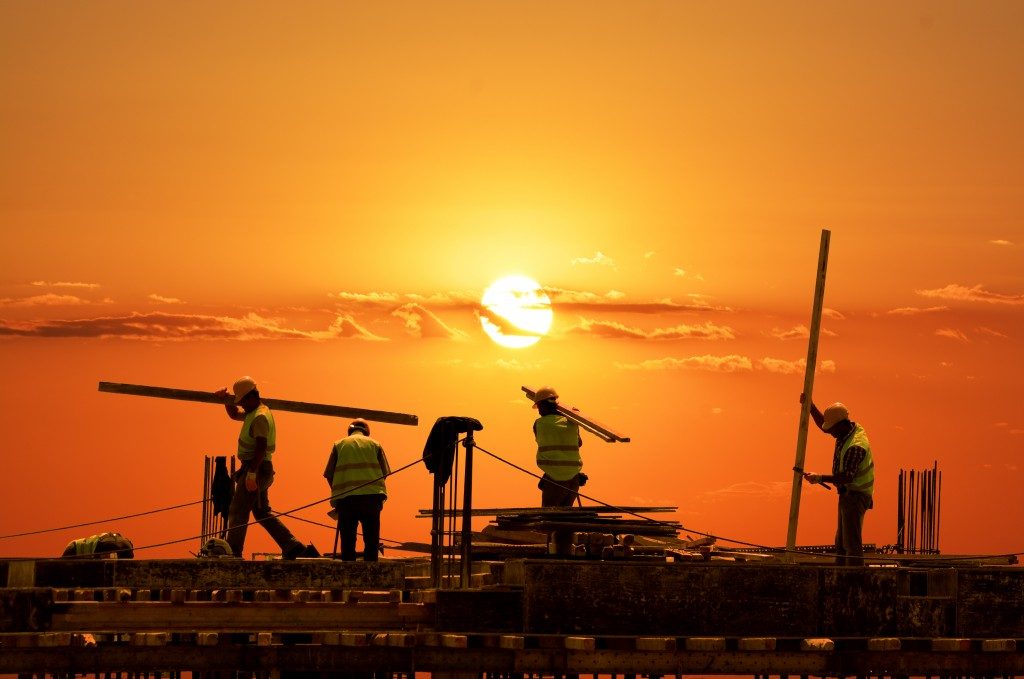The construction industry touches every aspect of society. Without construction and the individuals working in this industry, we wouldn’t have roads and bridges, places to live, work, be entertained, treated or taught. Moreover, the industry contributes to our country’s economy — creating jobs and stimulating economic growth.
As well as being one of the largest industries, it is also one of the most dangerous. Ranking third, behind the transport, postal and warehousing sector and agriculture, forestry and fisheries, preliminary figures show the construction industry suffered 24 deaths in 2019.
To reduce work injuries on-site, the government’s Safe Work Australia requires construction employers to follow safety regulations, and ensure their workers receive proper training in site safety procedures. Here are some of the main safety issues to highlight during training.
Workplace Hazards
Every building site is different. However, construction site accidents can be divided into common categories, including falls, electric shocks, back strain, and cuts and bruising from equipment. One of the best ways to better prepare the people in this industry is by teaching them about the many hazards of the job, as well as how to prevent accidents occurring and what to do should they occur.
For example, slips and falls are common incidences in the workplace. While they aren’t typically fatal, they can lead to injuries that result in lost workdays. Training reminds employees that situational awareness is important in their line of work — knowing where things are, the safety equipment required for specific tasks, location of restricted zones and procedures in place for the safe movement around site.
Proper Equipment Handling
Workers involved in tasks involving heavy machinery, tools and equipment need training in handling and use before they start work, and be aware of emergency equipment such as fire extinguishers or spill kits should an accident occur.
To improve safety in the construction industry, various safety items are for sale, including welding rotators as welders handle heavy pipework, hi-vis jackets for civil engineering projects and hard hats for building works. Clothing and equipment are designed to meet regulated safety standards to provide a specific standard of safety and therefore is made from high-quality materials.
New Skills and Techniques

The construction industry is constantly striving for innovative approaches in design, management and construction materials. As our society continues to advance in terms of technology and machinery, so do the methods and equipment used in erecting new structures and buildings, and renovating pre-existing ones.
This shows how crucial regular safety training is for all workers. If possible, training and seminars should be updated to incorporate new and additional factors in the construction industry. The safety updates will keep workers knowledgeable about new technology and their potential hazards, help them understand their responsibilities towards a safer working environment, and improve efforts to achieve a reduction in construction injuries.
Construction is a labour-intensive industry in a hazardous environment. Successful construction companies are those that not only conduct site safety training to meet their obligations to government requirements, but that safety and welfare at work have a big impact on worker’s morale, which is a key factor to achieving company objectives.







